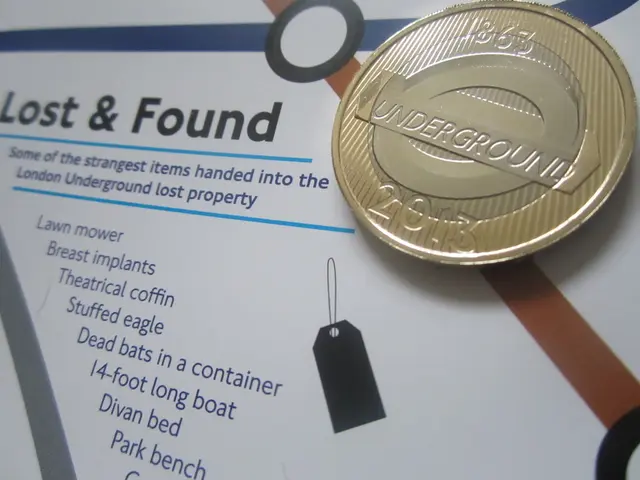Lusatia Utilizes Structural Reinforcement Over a Five-Year Span - Reinforced Infrastructure over Five Years: Lausitz Capitalizes on the Chance
In the heart of Brandenburg, the Lausitz region is undergoing a significant transformation, five years after the implementation of the Structural Strengthening Act for coal regions. Kathrin Schneider, the head of the Brandenburg State Chancellery, affirms that Brandenburg is actively and profitably driving this change [1].
As a result of this act, over 8.7 billion euros have already been committed for the Lausitz region, with an additional 1.6 billion euros earmarked from EU funding and federal programs like "Strong" [2]. This funding is distributed via the Lausitz 2038 program of the state, another portion directly by the federal government.
One of the key initiatives driving this transformation is the Lausitz Science Park, led by Brandenburg University of Technology Cottbus-Senftenberg (BTU). This research hub is fostering innovation and scientific advancements in the region [3]. Another crucial tool in this transition is the "climate guide," which accelerates stakeholder collaboration towards climate neutrality by 2045, involving cooperation between science, industry, and public institutions [4].
The transformation in Lausitz is not limited to scientific innovation. Renewable energy projects are a significant part of this change, with the region seeing the installation of significant wind energy infrastructure. For instance, the world's most powerful wind turbine at Lausitzring now converts wind into sustainable electricity, marking a shift away from coal dependence towards clean energy [5].
The European Hydrogen Week in 2025 will further highlight Lausitz as one of Europe’s first two "net-zero valleys," emphasizing the region’s pioneering role in hydrogen and net-zero industry development [6].
Despite initial skepticism from Klaus Freytag, the Lausitz representative, about compensating for job losses due to the coal phase-out with new jobs, good progress is being made in the Lausitz region. In fact, the act has resulted in more new jobs being created than lost in the mining and energy sector [7].
The cities of Potsdam and Cottbus, both in Brandenburg, are part of the regions undergoing structural change. New companies and research institutions have been established in these cities, contributing to the region's economic growth and job creation [8].
Overall, the structural change in Lausitz is characterized by a multi-faceted approach combining scientific innovation, renewable energy infrastructure, and strategic policy frameworks to transition from a coal-dependent economy towards sustainable, climate-friendly industries.
References: 1. Brandenburg State Chancellery press release 2. Brandenburg State Chancellery press release 3. BTU Cottbus-Senftenberg press release 4. Brandenburg Ministry for the Environment, Energy, and Climate Protection press release 5. Lausitzring press release 6. European Hydrogen Week website 7. Brandenburg State Chancellery press release 8. Brandenburg State Chancellery press release
- The Lausitz region's transformation, driven by the Structural Strengthening Act for coal regions, includes the implementation of diverse policies, such as community policy and employment policy, to foster economic growth and job creation in the region, aligning with the goals of sustainable, climate-friendly industries.
- In the Lausitz region, various funding sources, including industry, finance, and EU programs like "Strong," provide a financial backbone for the implementation of strategic policy frameworks, fostering innovation, renewable energy projects, and the establishment of new businesses and research institutions.




